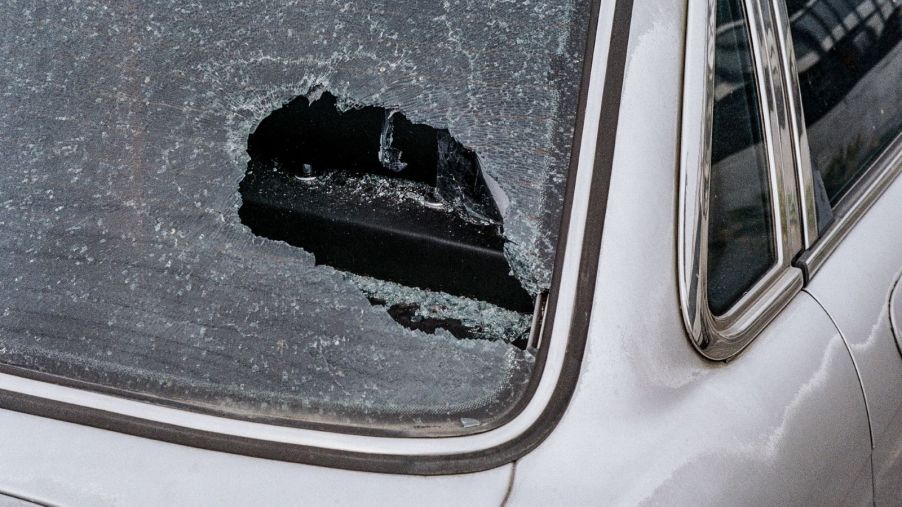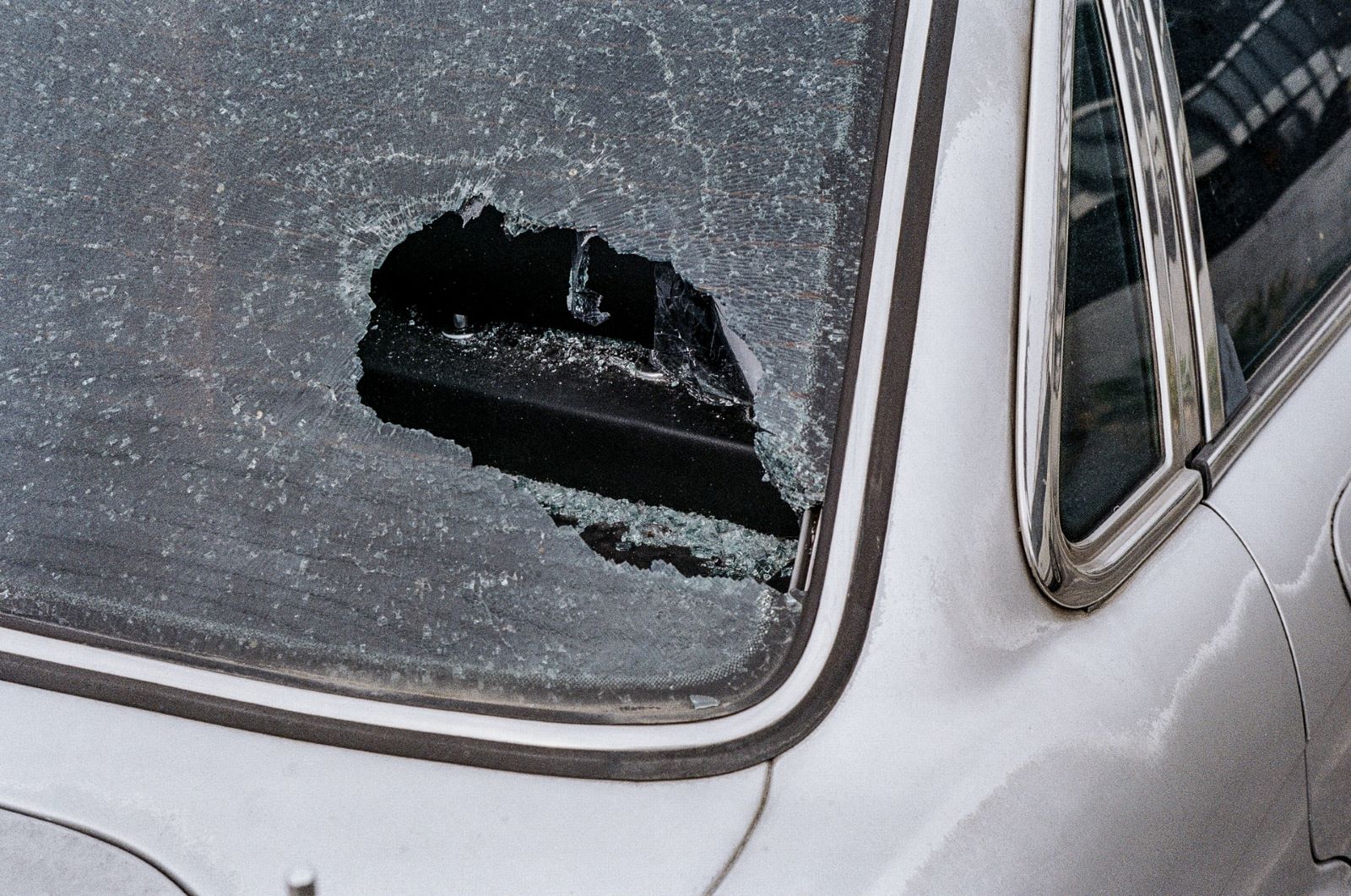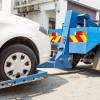
A Massive Hail Storm Devastated Florida Vehicles
Imagine walking out of your house or office after a storm and finding fist-sized holes in your car’s windshield and huge dents on the hood and roof. For some Florida residents, that nightmare was real. A massive hail storm swept through the area, dropping chunks of ice the size of golf balls, limes, or even baseballs and leaving significant damage behind.
Hail stones smashed windshields, rear glass, and side-view mirrors. Cars, trucks, and SUVs were left with huge dents in the body. The storm battered homes and businesses, damaging property all around the area. We still don’t have an estimate on the total damages, but they’re likely creeping into the tens of thousands of dollars.
Hail of this size is rare in Florida
Hail stones form when raindrops, carried by wind in thunderstorms, are moved into icy areas of the atmosphere and then freeze together. This type of precipitation itself isn’t rare, even in Florida, but the size of the hail and the ferocity of the storm were shocking to residents.
In some parts of Highlands County, the hail was particularly extreme. Some stones were the size of a lime—about two inches in diameter. Hail of this size can fall as fast as 72 mph, according to the National Severe Storms Laboratory (NSSL). Stones four inches or larger can reach speeds of up to 100 mph and can be lethal.
The Central and Southern Florida areas are warm and temperate climate. AccuWeather reports that hail of this size is incredibly unusual in these regions. The warmth of the air is usually able to melt the hail stones back into liquid form, or at least into much smaller pieces.
Pea-sized or even marble-sized hail is less likely to cause damage to cars and homes than the lime- or golf-ball-sized hail seen in Highlands County.

How to protect your car from hail damage
There are a few smart ways to protect your car from damage from hail storms:
- Keep an eye on the weather, so you know when dangerous storms are coming.
- Find temporary shelter like a parking garage to ride out the storm.
- Use a specific storm cover for your car.
- Lay a heavy blanket or multiple tarps over your car.
- Buy a “Hail Protector” cover for your car.
- Install a carport—a cheaper, portable alternative to a garage.
How do you determine if your car has been damaged by hail? It’s not always as obvious as some of these shocking pictures. State Farm recommends performing a full-body inspection of your vehicle as soon as possible after a severe storm to check for damages.
Look for small or large dents or dings in the body, particularly the hood, roof, and trunk. Chipped or scraped paint can also be the fault of hail stones. Inspect all of the windshield and window glass for chips, cracks, or breaks. If the glass has been compromised, be sure to check for any water damage to the interior.
And, of course, contact your insurance company so any repairs will be covered.


